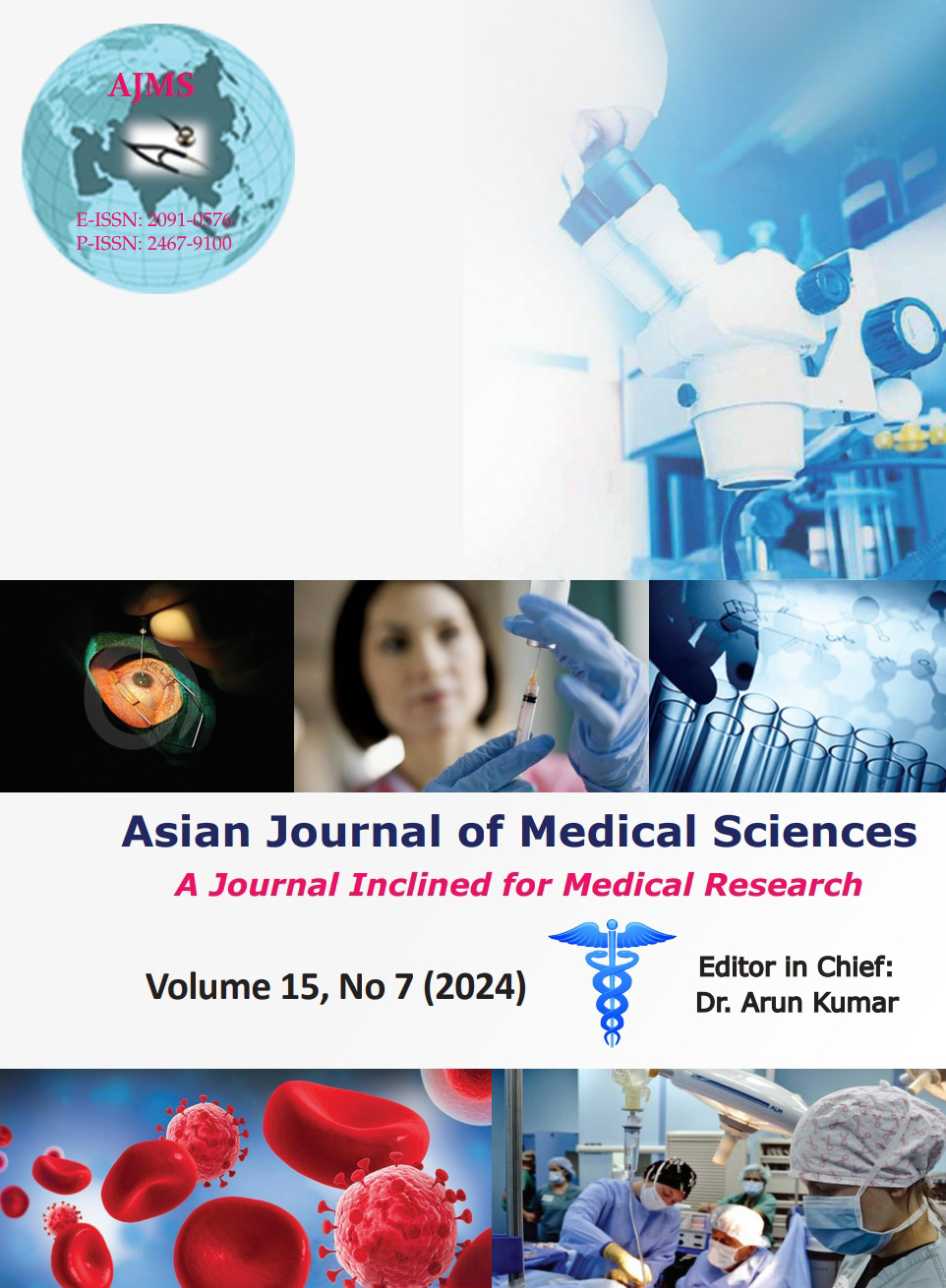Evaluation of cardiac output in neonatal sepsis
Keywords:
Neonatal sepsis; Functional echocardiography; Cardiac output; Velocity time integralAbstract
Background: Neonatal sepsis is a clinical syndrome characterized by signs and symptoms of infection with or without accompanying bacteremia in the 1st month of life imposing significant cardiovascular compromise which poses a huge burden of morbidity. The essential objective of functional neonatal echocardiography is to recognize features of cardiovascular compromise earlier and help in timely institution of management. This study provides an overview regarding the variability of cardiac output (CO) in neonates with culture-positive sepsis.
Aims and Objectives: The aims and objectives of the study are to assess the variability of CO in term neonates with Gram-positive sepsis and Gram-negative sepsis.
Materials and Methods: The observational cross-sectional study was conducted in the Department of Paediatrics for 18 months in a tertiary care center. 2D echocardiography was performed on all the neonates who came positive for sepsis screen within the first 2 days of institution of antibiotics. CO was calculated from the echocardiographic finding of Aortic Root Diameter (d), Velocity Time Integral, and Heart Rate recorded at the same time. Normal range of left ventricular output has been defined as 150–300 mL/kg/min each.
Results: In Gram-negative group, the mean CO (Mean±SD) of patients was 386.4545±34.2284 mL/kg/min while in Gram-positive group, the mean CO (Mean±SD) of patients was 345.1532±37.6044 mL/kg/min and the variation stands significant at P<0.0001.
Conclusion: This research confers about hyperdynamic circulatory status of neonatal sepsis as reflected by increased CO beyond the normal limit in septic neonates. On comparison, a strikingly higher CO was observed in Gram-negative sepsis group than Gram-positive group.
Downloads
Downloads
Published
How to Cite
Issue
Section
License
Copyright (c) 2024 Asian Journal of Medical Sciences

This work is licensed under a Creative Commons Attribution-NonCommercial 4.0 International License.
Authors who publish with this journal agree to the following terms:
- The journal holds copyright and publishes the work under a Creative Commons CC-BY-NC license that permits use, distribution and reprduction in any medium, provided the original work is properly cited and is not used for commercial purposes. The journal should be recognised as the original publisher of this work.
- Authors are able to enter into separate, additional contractual arrangements for the non-exclusive distribution of the journal's published version of the work (e.g., post it to an institutional repository or publish it in a book), with an acknowledgement of its initial publication in this journal.
- Authors are permitted and encouraged to post their work online (e.g., in institutional repositories or on their website) prior to and during the submission process, as it can lead to productive exchanges, as well as earlier and greater citation of published work (See The Effect of Open Access).




